This article was co-authored by Natalie Punt, DVM. Dr. Natalie Punt is a Veterinarian and the Founder and CEO of mPet- a smart phone app for pet owners to store, manage and transfer their pets medical records and health information. She specializes in small animal emergency and general medicine and veterinary practice economics. Dr. Punt holds a BS in Biochemistry and Molecular Biology from The University of California, Davis, an MS in Biochemistry from The University at Buffalo, and a DVM from Western University of Health Sciences.
There are 8 references cited in this article, which can be found at the bottom of the page.
wikiHow marks an article as reader-approved once it receives enough positive feedback. In this case, 100% of readers who voted found the article helpful, earning it our reader-approved status.
This article has been viewed 33,982 times.
The liver is a wondrous organ in humans and in dogs. It performs multiple functions that are vital for good health and also has a remarkable ability to regenerate. However, even the liver has its limits and when it is overwhelmed by disease, causing scar tissue to form, the liver fails. A sick liver will struggle to perform its duties, and because this organ does so many vital things for your dog's body, you will need to counteract liver failure, which is considered a terminal illness for dogs, with a series of treatments.
Steps
Part 1: Understanding Liver Failure
-
1Be aware of how the liver repairs itself, and how this can reduce its ability to function. When the liver repairs itself, it lays down scar tissue to replace damaged areas. But as more and more scar tissue is deposited within the liver, the less and less functional the liver becomes. Once there is no longer enough functional tissue left to perform essential tasks, the dog enters liver failure.
- In human medicine the optimal treatment is a liver transplant, but this is not currently an option in veterinary medicine.
-
2Focus on controlling, rather than solving, your dog's liver failure. Therapy for liver failure in dogs is focused on controlling the complications of poor liver function, and creating a good quality of life for your ill dog for as long as possible.[1]Advertisement
-
3Consider how manageable your dog's liver failure is. Liver failure is a terminal condition, so it's important as an owner to always put your dog's best interests first. Think about factors such as whether your dog's dignity is still intact (can he go to the bathroom without soiling himself?), he is comfortable and not suffering from constant nausea or vomiting, he is able to be active and enjoy walks, and his weight is reasonable, as he should have enough of an appetite to not become skeletal or malnourished.
- If your dog has difficulty with any of these factors, it may be time to consider if it is fair to continue his life with a terminal illness, or if it is time to let him go.[2]
Part 2: Correcting Coagulation Problems
-
1Let your vet run a coagulation blood profile. This test will confirm whether or not your dog's blood is clotting. A dog with liver failure may potentially hemorrhage and bleed to death so its important to be aware of any coagulation problems and address them.
- If your dog is about to undergo a biopsy, it is especially important to look for any coagulation problems prior to surgery.[3]
-
2If your dog's blood isn't clotting, allow your vet to give him Vitamin K.[4] Vitamin K pays a vital role in the clotting cascade of dogs. This can be corrected with injections of Vitamin K, given at the dose of 3 mg/kg twice a day, into the muscle or under the skin.
- If your dog is going to have surgery on his liver soon, then approximately 2 or 3 days of injections are needed prior to surgery.[5]
-
3If your dog's blood isn't clotting, let your vet give your dog fresh frozen plasma (FFP). Fresh frozen plasma (FFP) contains all the clotting factors, including vital factors such as V and VIII. An intravenous infusion of fresh frozen plasma, obtained from a pet blood bank, is the swiftest way to raise clotting factors in the short term, such as prior to surgery.[6]
- The effects of FFP will dwindle over the following days and maintaining adequate clotting might be too difficult or impractical.
-
4If your dog gets a minor cut or starts to bleed, apply pressure to the area and take him to the vet. An innocuous activity such as clipping his toenails too short or a minor cut from playing in the yard can lead to bleeding, which is a serious problem if your dog does not have the ability to clot blood. He could exsanguinate, and there will be no means of stopping the bleeding.[7]
- If your dog regularly bleeds, or has uncontrolled bleeding and is known to have liver failure, euthanasia may be the kindest option.
Part 3: Detoxing Your Dog's Liver
-
1Understand how ammonia in your dog's blood affects them. High blood ammonia levels will affect the brain, causing stupor and seizures. Reducing the level of blood toxins, like ammonia, can decrease the risk of seizures and reduce stupor inducing chemicals in your dog's body.
-
2Get a prescription for Lactulose. Lactulose is a sugar laxative that also absorbs ammonia from the bloodstream. It soaks up ammonia and keeps it in the gut, rather than the blood stream, where it is then passed out when your dog goes to the bathroom.[8]
- The dose used is a low one - approximately 0.2-0.4ml/kg body weight, given twice a day.
- Lactulose is given either with the food or straight afterwards, so that is has maximum exposure to the bugs generating the ammonia.
- Lactulose will help to detoxify your dog's liver, but it also has side effects like diarrhea and loss of bowel control.
-
3Get a prescription for metronidazole. Metronidazole is a prescription antibiotic that kills the bacteria that produce ammonia. While it is perfectly normal for ammonia-producing bacteria to harmlessly populate a healthy dog's bowels, it is not possible for a dog with liver failure to get rid of a waste product like ammonia.[9]
- A dog with long term liver failure may stay on a low dose of metronidazole on a permanent basis to reduce ammonia synthesis.
- A typical dose in 15-25 mg /kg given twice daily by mouth. So, for example, a 20 kg dog receives a 200 mg metronidazole tablet twice a day. It does not matter what time of day you give your dog the antibiotic, as long as it is twice a day.
- This antibiotic can make some dogs feel nauseous, so counteract this by giving your dog food with the medication.
- Metronidazole is also a bitter antibiotic, so it is better not to crush it in order to get your dog to eat it. Most tablets are coated to hide the bitter taste.[10]
Part 4: Using Protein and Vitamin Supplements
-
1Give your dog a high quality, protein heavy diet. Carbohydrates like rice or pasta, and protein like eggs, cottage cheese, or white meats (chicken, turkey, rabbit) will help to counteract the protein deficiency usually found in dogs with liver failure.
- Special prescription diets suitable for dogs with liver failure are also available, such as Hills L/D, which contain easily digestible protein plus other supplements (vitamins and antioxidants).
- There can be complications with giving your dog a protein rich diet as your dog's appetite will likely be poor and the food may not be attractive to him. As well, loading his food bowl with protein will promote the fermentation that produces ammonia.
-
2Talk to your vet about a plasma transfusion. This is an intravenous drip of plasma, supplied by a pet blood bank. However, multiple units of plasma may be needed to raise the overall blood protein levels by even a small percent, and plasma is expensive, so this is a costly option.[11]
- Euthanasia may be the best option if your dog is suffering from a lack of protein or low protein.
-
3Give your dog multivitamin tablets. There are many excellent multivitamin tablets for dogs on the market that are suitable as a daily supplement and can be bought from your local pet store. When vitamin levels fall due to liver disease, a number of vital functions in your dog's body are affected so maintain their vitamin levels with supplements.[12]
- Speak to your vet about setting up a weekly injection of cobalamin for you dog, a B-vitamin, that is essential for the absorption of nutrients across the gut wall and aids in stimulating appetite. This vitamin is damaged by stomach acid, so it is best given by injection.
Part 5: Using Medication
-
1Get a prescription for Ursodeoxycholic acid (Ursodiol, Destolit). This prescription medication acts by decreasing production of the building blocks of bile. It also encourages the liver to get rid of bile, and has a protective effect on liver cells.
- Another symptom of liver failure is that bile acid builds up in the blood, which can irritate internal tissue and cause nausea. If your dog is jaundiced, this medication can protect the liver from the harmful effects of bile acids.[13]
- The dose is 10-15 mg/kg given once a day by mouth. Ursodiol is available as 250 mg and 500mg tablets. So, for example, a 25 kg dog would take a single 250 mg tablet once a day.
- Because each dose acts for 24 hours, it does not matter what time of day you give your dog a dosage.
-
2Use Colchicine to reduce scar tissue formation in your dog's liver. This drug decreases scar tissue formation by decreasing production of collagen fibers within liver tissue and by inhibiting cell division in fiber cells. Scar tissue is inactive tissue that replaces liver cells as they age and die. A liver under stress has an increased tendency to produce scar tissue, leading to a breakdown in function and eventually, liver failure.[14]
- The dose is 0.03mg/kg once daily by mouth. So, for example a 20 kg dog takes a single tablet once a day.
- Again, because of its long duration of action, this is not a medication that needs to be given at a precise time and it does not matter if it is given before, with, or after food.
-
3Ask your vet about a prescription for Prednisolone. This is a corticosteroid with potent anti-inflammatory properties. It can reduce liver inflammation, which in turn lessens scar tissue formation in your dog's liver.[15]
- A useful side effect of this steroid is that it will stimulate your dog's appetite.
- The prescribed dose is 1-2 mg/kg total daily. So, for example, a 25 kg dog receives a 25 mg tablet once a day.
- The timing of the medication is not important, but it is best given with food in order to provide a buffer for the stomach lining and to reduce the risk of a gastric ulcer.
-
4Let your vet decide on the most appropriate prescription medications to treat your dog. Rather than prescribe lots of tablets, your vet will decide which are most the vital for your pet's continued well-being and prioritize those medications. She will assess your dog's current symptoms and determine which element or elements of his liver failure pose the biggest threat to his health.
- If your dog is not eating, for example, your vet may prescribe Prednisolone as it helps to stimulate appetite and vitamin production. Once your dog's appetite picks up, she may broadening the treatment to include other drugs.
Part 6: Understanding How Your Dog's Liver Functions
-
1Be aware of how the liver detoxifies your dog's blood. The liver filters your dog's blood and has an important role in removing toxins that are the natural waste products of digestion.[16]
- Some of these toxins, such as ammonia, can damage the central nervous system and cause seizures, stupor, and altered mental states.
-
2Be aware of how the liver produces and stores vital proteins and vitamins. Protein production is vital to healthy muscles, skin, and tissue, for blood clotting and to maintain the circulatory system.[17]
- A lack of these proteins in your dog's body can cause edema (fluid buildup in tissue), diarrhea, a tendency to bleed, and generally poor physical health.
- The liver is also an important storage space for both fat-soluble and water-soluble vitamins. If vitamins levels become depleted, your dog's body cannot function properly.
-
3Notice how your dog's liver helps them to digest food. The liver helps produce bile which is secreted into the gut and aids in digestion.[18]
- There is a risk that if the liver is inflamed and the bile cannot drain away, the bile will build up in the bloodstream and cause jaundice, which is a yellowing of the gums and mucous membranes.
-
4Be aware of how the liver helps your dog's blood to clot. The liver plays a crucial role in producing factors necessary to clot blood.[19]
- A damaged liver does not produce Vitamin K, which is essential to clotting, so a dog with liver failure will bruises easily and may suffer prolonged bleeding from small injuries.
-
5Be aware of how the liver helps to store energy. The liver stores and releases energy within the body. Many of the reserves of carbohydrates and lipids are stored in the liver, and released in response to need.[20]
- A dog with a poorly functioning liver does not have the reserves of energy he should have and will be lethargic.
Expert Q&A
-
QuestionHow do antibiotics help liver disease in dogs?
 Natalie Punt, DVMDr. Natalie Punt is a Veterinarian and the Founder and CEO of mPet- a smart phone app for pet owners to store, manage and transfer their pets medical records and health information. She specializes in small animal emergency and general medicine and veterinary practice economics. Dr. Punt holds a BS in Biochemistry and Molecular Biology from The University of California, Davis, an MS in Biochemistry from The University at Buffalo, and a DVM from Western University of Health Sciences.
Natalie Punt, DVMDr. Natalie Punt is a Veterinarian and the Founder and CEO of mPet- a smart phone app for pet owners to store, manage and transfer their pets medical records and health information. She specializes in small animal emergency and general medicine and veterinary practice economics. Dr. Punt holds a BS in Biochemistry and Molecular Biology from The University of California, Davis, an MS in Biochemistry from The University at Buffalo, and a DVM from Western University of Health Sciences.
Veterinarian As your pet's liver gets worse, it can develop bacterial contamination. Antibiotics help treat this contamination as it happens.
As your pet's liver gets worse, it can develop bacterial contamination. Antibiotics help treat this contamination as it happens. -
QuestionHow can I help my dog with liver failure?
 Natalie Punt, DVMDr. Natalie Punt is a Veterinarian and the Founder and CEO of mPet- a smart phone app for pet owners to store, manage and transfer their pets medical records and health information. She specializes in small animal emergency and general medicine and veterinary practice economics. Dr. Punt holds a BS in Biochemistry and Molecular Biology from The University of California, Davis, an MS in Biochemistry from The University at Buffalo, and a DVM from Western University of Health Sciences.
Natalie Punt, DVMDr. Natalie Punt is a Veterinarian and the Founder and CEO of mPet- a smart phone app for pet owners to store, manage and transfer their pets medical records and health information. She specializes in small animal emergency and general medicine and veterinary practice economics. Dr. Punt holds a BS in Biochemistry and Molecular Biology from The University of California, Davis, an MS in Biochemistry from The University at Buffalo, and a DVM from Western University of Health Sciences.
Veterinarian Keep them well-hydrated, but try to stay away from fluids with buffers that metabolize the liver.
Keep them well-hydrated, but try to stay away from fluids with buffers that metabolize the liver. -
QuestionMy dog is particularly lethargic, she has shown signs of vomiting and has an upset tummy. Is walking her too much?
 Community AnswerYes. Take her to the vet and don't go for walks until her health improves.
Community AnswerYes. Take her to the vet and don't go for walks until her health improves.
References
- ↑ Natalie Punt, DVM. Veterinarian. Expert Interview. 19 August 2021.
- ↑ Natalie Punt, DVM. Veterinarian. Expert Interview. 19 August 2021.
- ↑ http://www.vcahospitals.com/main/pet-health-information/article/animal-health/coagulation-tests/278
- ↑ Natalie Punt, DVM. Veterinarian. Expert Interview. 19 August 2021.
- ↑ Diseases of the Liver. Watson. BSAVA Manual of canine and feline gastroenterology. 2nd ed. BSAVA publications. -240-258
- ↑ Diseases of the Liver. Watson. BSAVA Manual of canine and feline gastroenterology. 2nd ed. BSAVA publications. -240-258
- ↑ Diseases of the Liver. Watson. BSAVA Manual of canine and feline gastroenterology. 2nd ed. BSAVA publications. -240-258
- ↑ Lactulose. Donald Plumb. Plumb's veterinary drug handbook
- ↑ Ursodiol. Donald Plumb. Plumb's veterinary drug handbook
- ↑ Ursodiol. Donald Plumb. Plumb's veterinary drug handbook
- ↑ Diseases of the Liver. Watson. BSAVA Manual of canine and feline gastroenterology. 2nd ed. BSAVA publications. -240-258
- ↑ Diseases of the Liver. Watson. BSAVA Manual of canine and feline gastroenterology. 2nd ed. BSAVA publications. -240-258
- ↑ Ursodiol. Donald Plumb. Plumb's veterinary drug handbook
- ↑ Colchicine. Donald Plumb. Plumb's veterinary drug handbook
- ↑ Prednisolone. Donald Plumb. Plumb's veterinary drug handbook.
- ↑ Chronic Liver Disease. Center. JSAP 40 (3), 106-114
- ↑ Chronic Liver Disease. Center. JSAP 40 (3), 106-114
- ↑ Chronic Liver Disease. Center. JSAP 40 (3), 106-114
- ↑ Chronic Liver Disease. Center. JSAP 40 (3), 106-114
- ↑ Chronic Liver Disease. Center. JSAP 40 (3), 106-114
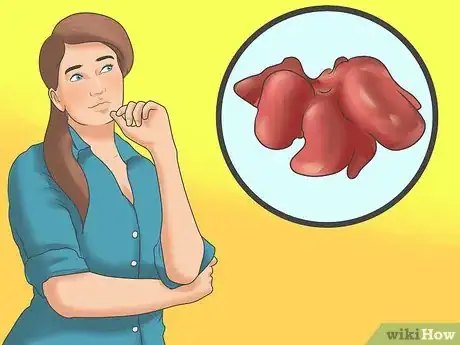
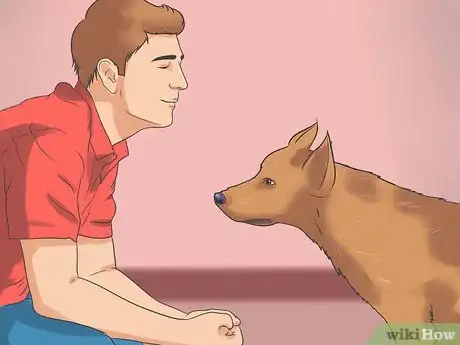

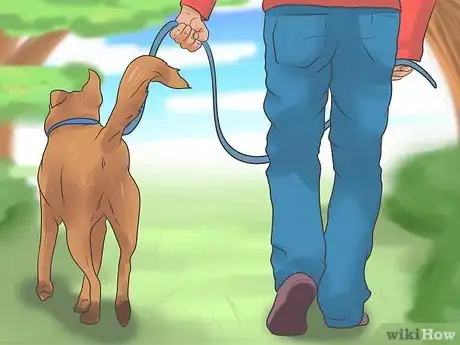
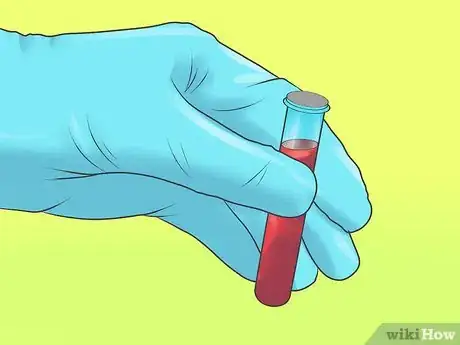
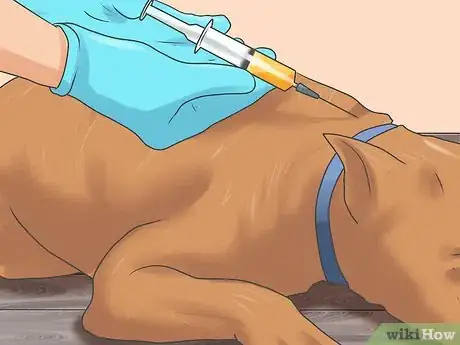
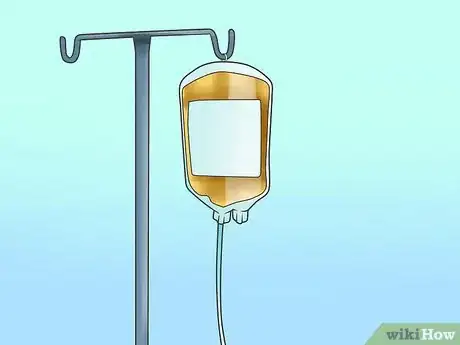
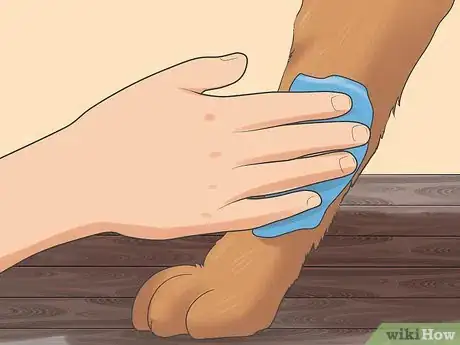


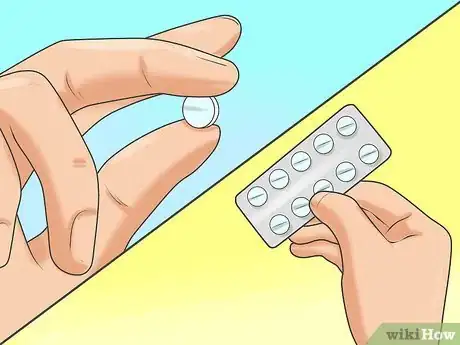
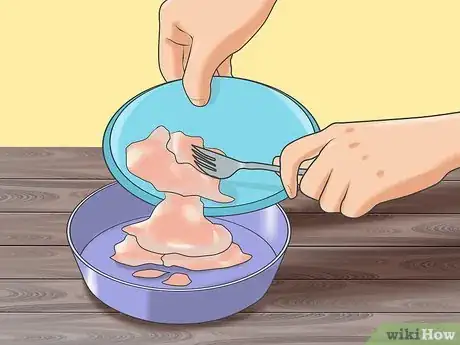
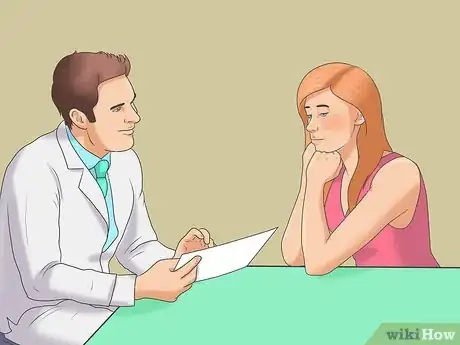
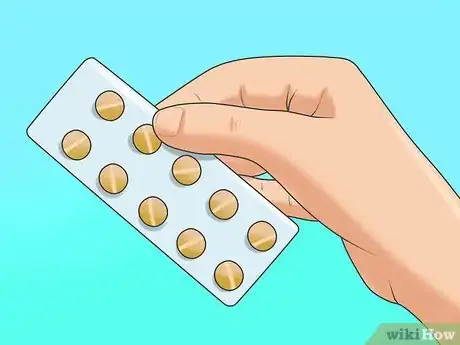

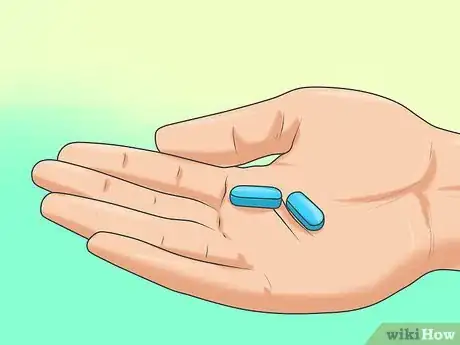
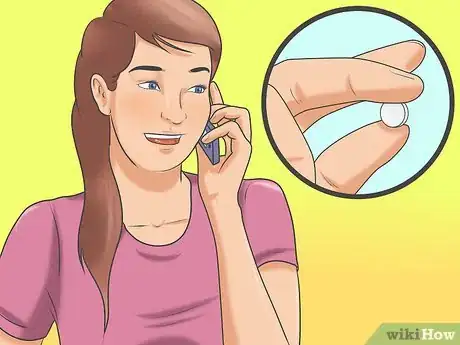
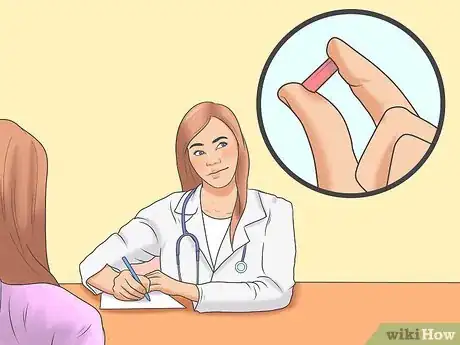

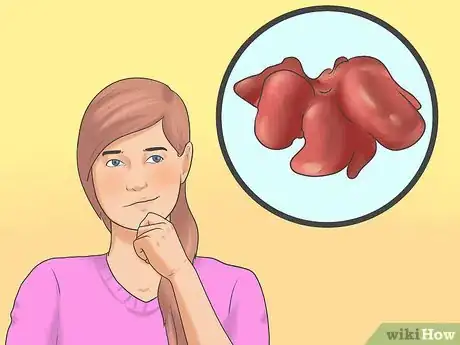
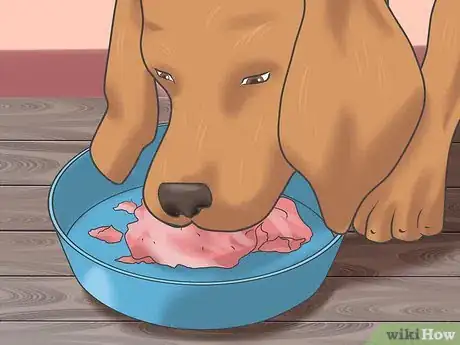
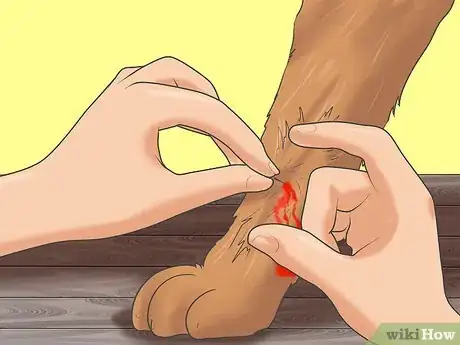
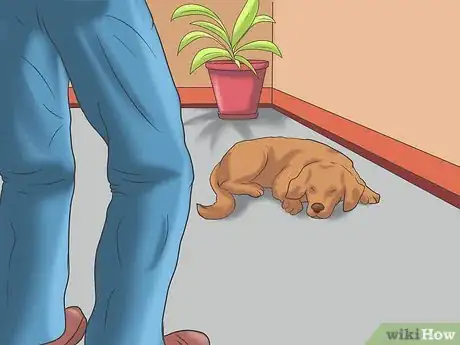
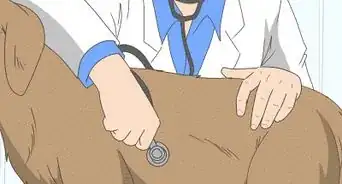


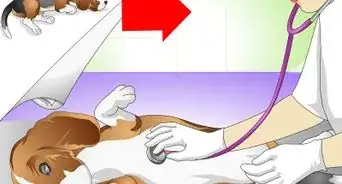
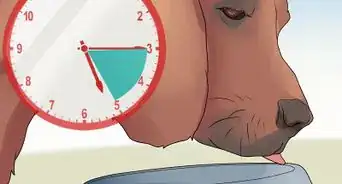



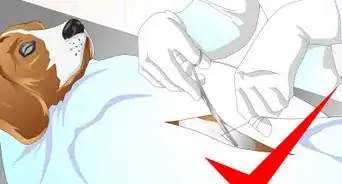
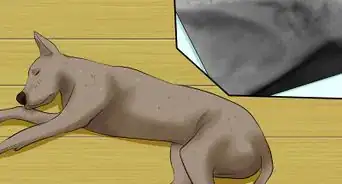
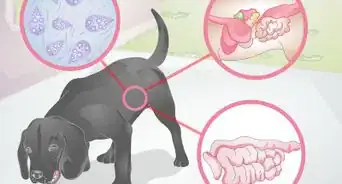
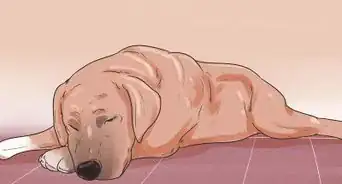









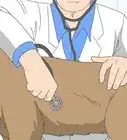

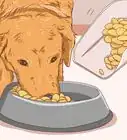
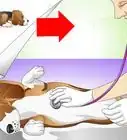




































Medical Disclaimer
The content of this article is not intended to be a substitute for professional medical advice, examination, diagnosis, or treatment. You should always contact your doctor or other qualified healthcare professional before starting, changing, or stopping any kind of health treatment.
Read More...